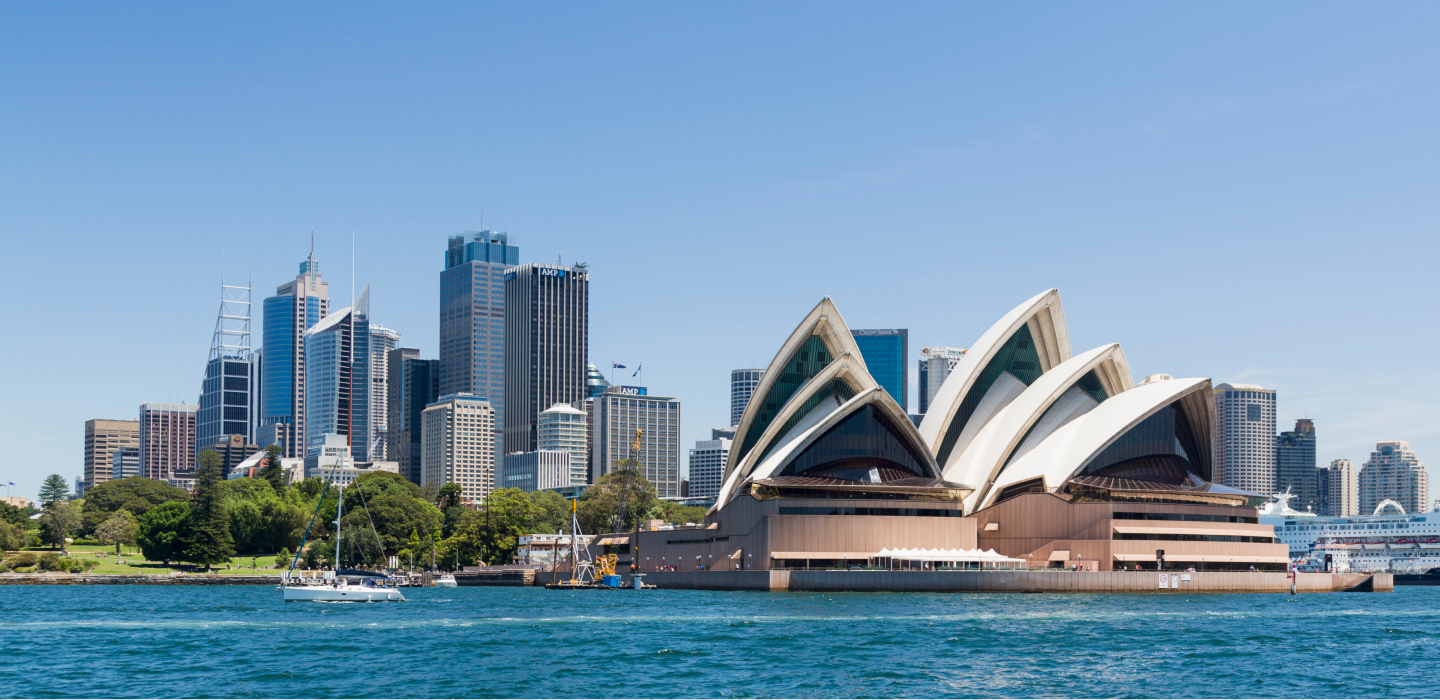The data center industry is constantly evolving, but we already knew that. What we don’t know, however, is the shape and scope for the data center of the future. Trends such as cloud computing and cybersecurity are redirecting the once predictable course of the industry toward unprecedented opportunities and challenges. In order to prepare data center professionals for this new landscape, we’ve developed four emerging archetypes that will reshape the way the data center of the future looks and operates.
The Data Fortress
According to The Ponemon Institute of Data Breach, the total cost of a privacy-related data security breach is now at $3.8 million, and the number of security-related downtime incidents rose from two percent in 2010 to 22 percent in 2015. Due to the cost and frequency of these cyberattacks, organizations are taking a security-first approach to data center design. We’re seeing this in the deployment of out-of-network data pods for highly sensitive information—in some cases with separate, dedicated power and thermal management equipment.
The Cloud of Many Drops
Recent studies show enterprise data centers only deliver between five and 15 percent of their maximum computing output over the course of a year, and 30 percent of the country’s 12 million servers are actually “comatose,” meaning they have not delivered computing services in six months or more. In order to make up for some of that excess capacity, we see a future where organizations explore shared service models, similar to Uber or Airbnb. This model would allow data centers to sell some of their unused computing capacity on the open market.
Fog Computing
Introduced by Cisco, fog computing is a distributed computing architecture developed as a response to the Internet of Things. As computing at the edge of the network becomes more critical, fog computing connects multiple small networks of industrial systems into one large network across an enterprise to improve efficiency and concentrate data processing closer to devices and networks.
The Corporate Social Responsibility Compliant Data Center
As an industry facing efficiency challenges, some organizations are starting to reevaluate how data centers fit into their corporate sustainability plans. This increased attention on sustainability has organizations focused on issues such as carbon footprint, alternative energy use and responsible disposal. In the future, we see these challenges leading to a more aggressive approach to data center efficiency, potentially using alternative energy to power data center operations and achieve carbon neutrality.
Which emerging archetype do you think will have the biggest impact on the data center industry?





